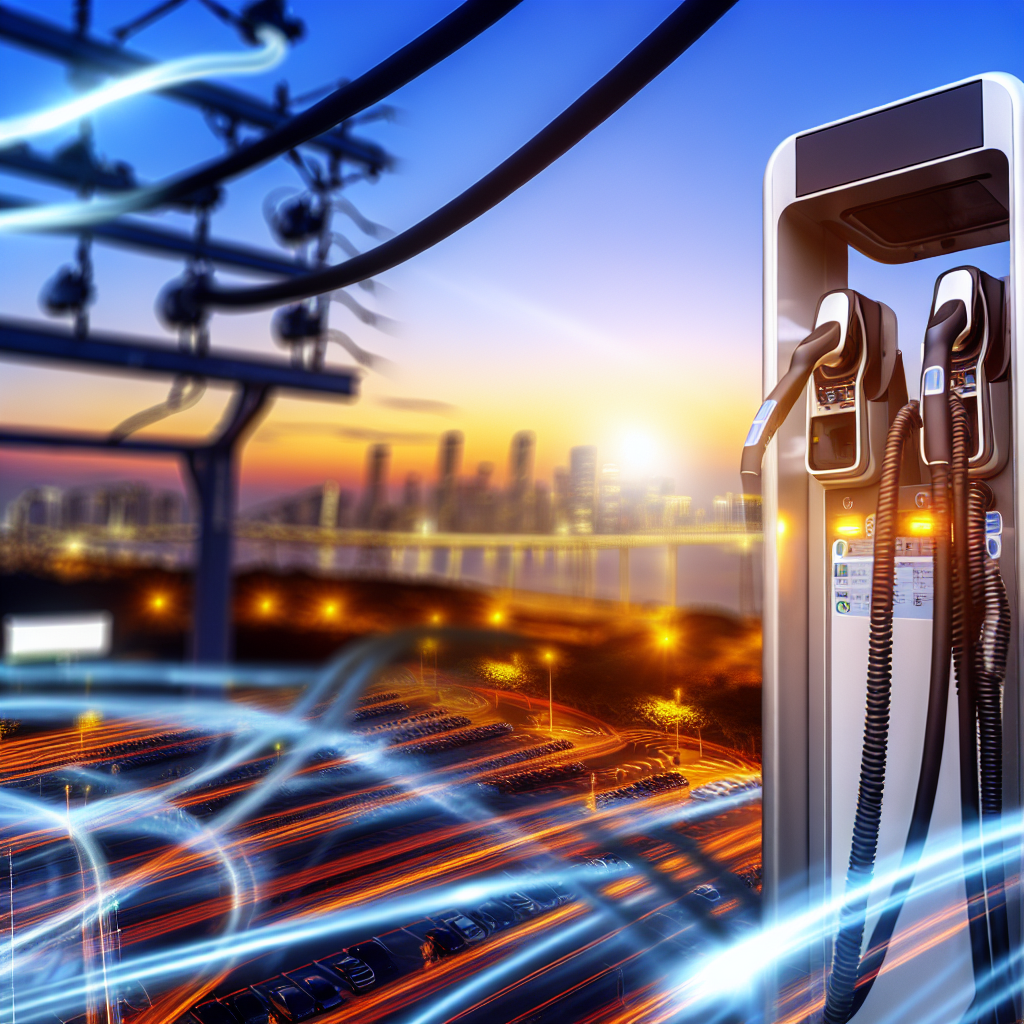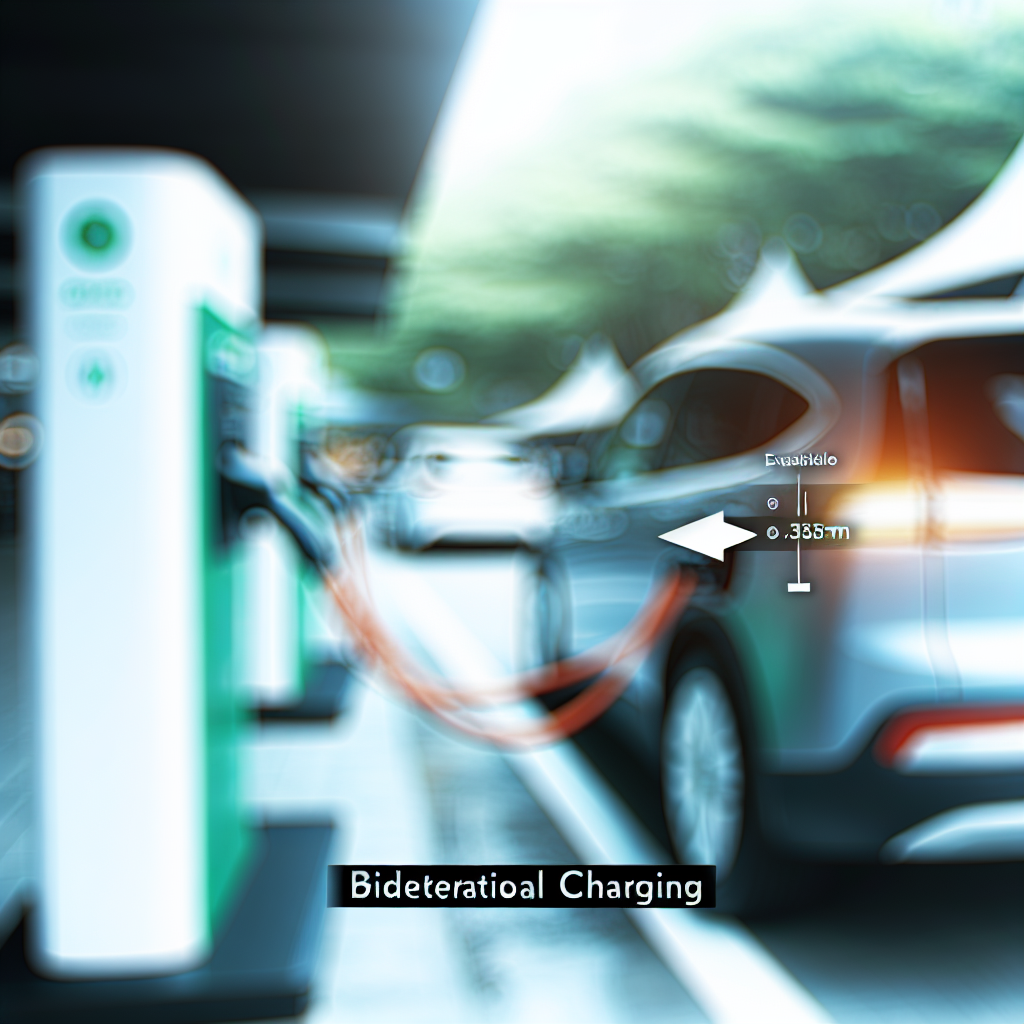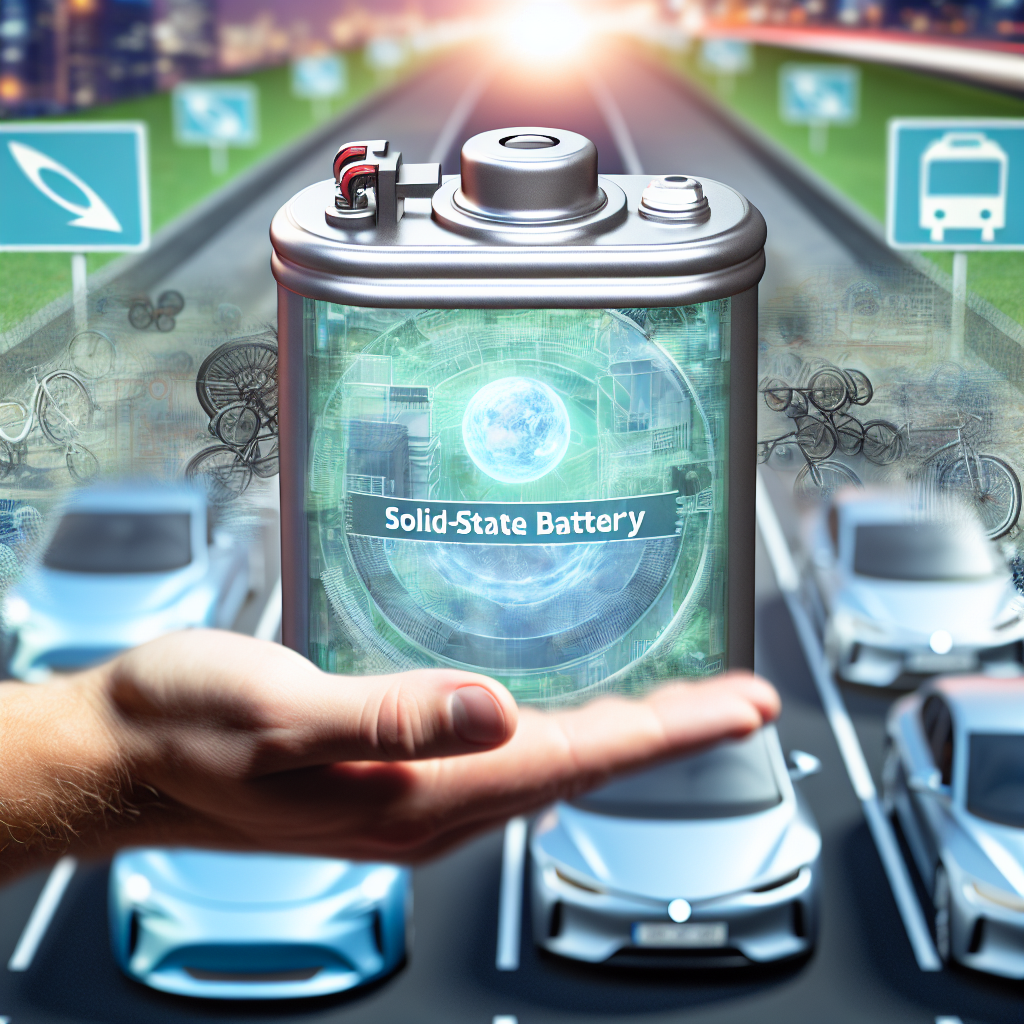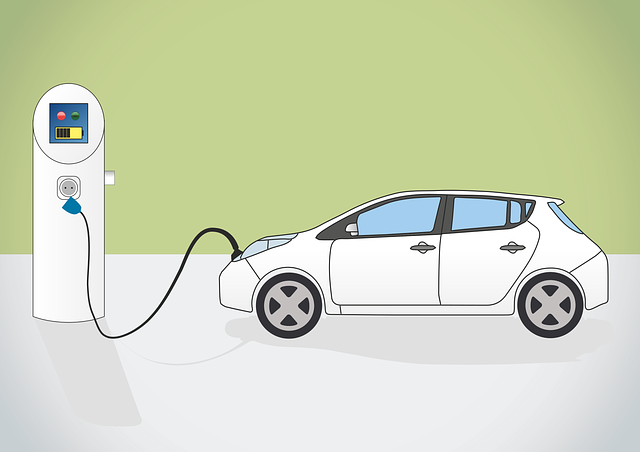Ultra-Fast Charging Networks: Infrastructure Challenges and Breakthroughs
With the rise of electric vehicles (EVs) in the automotive market, the need for ultra-fast charging networks has become more apparent than ever. These networks are essential to address the range anxiety that many EV drivers face and to encourage more widespread adoption of electric transportation. However, building and maintaining such networks present various infrastructure challenges that require innovative breakthroughs to overcome.
The Growth of EVs and the Need for Ultra-Fast Charging Networks
The increasing popularity of EVs is driving the demand for ultra-fast charging networks. As more consumers switch to electric vehicles to reduce emissions and combat climate change, the need for reliable and rapid charging solutions is becoming increasingly critical. Traditional charging stations are no longer sufficient to support the growing number of EVs on the road, leading to the development of ultra-fast charging networks.
The Infrastructure Challenges
Building ultra-fast charging networks comes with several infrastructure challenges. One of the main obstacles is the need for significant investment in new charging stations and upgrades to existing facilities. Additionally, these networks require substantial power supply and grid infrastructure to support the high charging speeds. Ensuring the reliability and scalability of the network while minimizing environmental impact are also major challenges that need to be addressed.
Breakthrough Technologies in Charging Infrastructure
To overcome the infrastructure challenges, innovative breakthrough technologies are being developed in the field of charging infrastructure. This includes advancements in battery technology, such as solid-state batteries that offer faster charging capabilities and higher energy density. Wireless charging technology is also being explored to enable convenient and efficient charging without the need for physical cables.
The Future of Ultra-Fast Charging Networks
As the demand for ultra-fast charging networks continues to grow, the future holds promising developments in charging infrastructure. Smart grid technologies will play a crucial role in optimizing energy distribution and managing peak demand for charging stations. Collaboration between automakers, energy companies, and infrastructure developers will be key to building a comprehensive and efficient charging network that benefits both consumers and the environment.
Conclusion
In conclusion, the development of ultra-fast charging networks presents both challenges and opportunities for the future of electric mobility. By addressing the infrastructure challenges through innovative breakthroughs in technology and collaboration, we can create a sustainable and reliable charging network that supports the widespread adoption of electric vehicles. The growth of EVs and the need for ultra-fast charging networks underscore the importance of investing in charging infrastructure to drive the transition to a cleaner and more sustainable transportation system.




